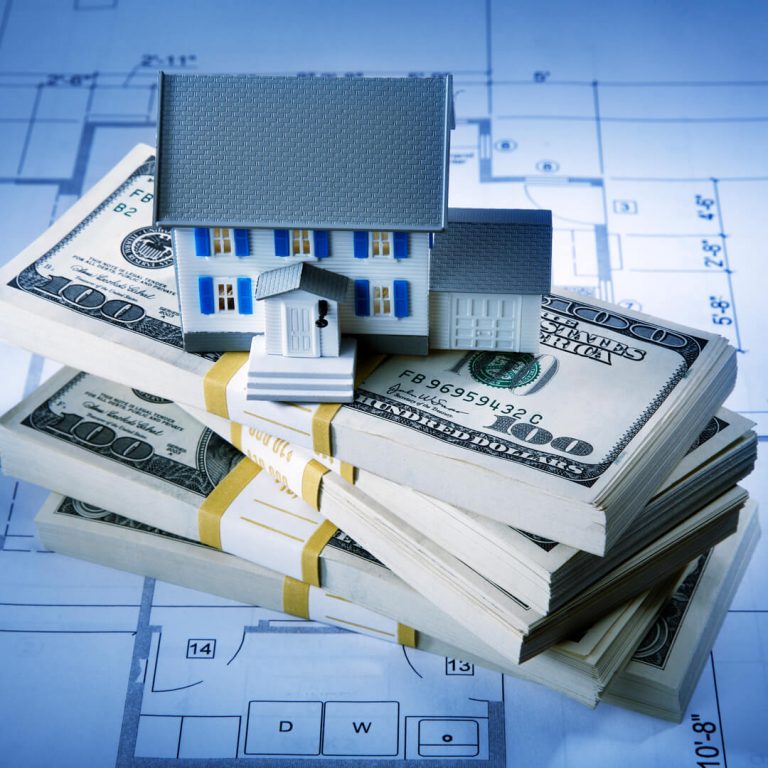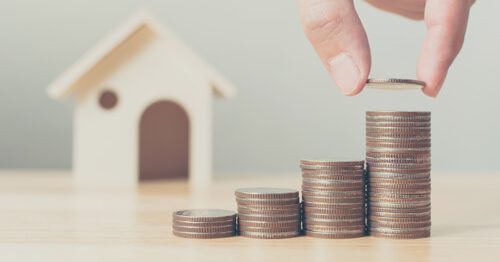For many homeowners, refinancing an existing mortgage to a home loan with an interest rate that’s at least a full point lower than their current rate, can hack hundreds of dollars off their monthly payment. This can easily add up to tens of thousands of dollars in saved interest paid over the life of the loan.
However, refinancing is not always a good idea. Here are six bad reasons to refinance a home loan.
1. To extend the term of the loan
Refinancing to a mortgage with a lower interest rate can save you money each month, but be sure to look at the overall cost of the loan. Homeowners who are more than halfway through their 30-year mortgage loan will likely not benefit from a refinance. Stretching out the remaining payments over a new 30-year loan will mean paying more in overall interest, even when it’s at a lower interest rate. Also, by paying a monthly mortgage for many more years than originally planned, homeowners will be tying up their funds instead of having more cash available for other purposes.
2. To consolidate debt
Refinancing a home loan for consolidating debt can be an irresponsible move with devastating consequences.
Mortgages are secured debt, backed by the borrower’s home. Credit card debt is unsecured. Consequently, the interest payments on credit cards are generally a lot higher than interest rates on mortgages. This can make it seem like moving debt from a credit card issuer to a home lender is a great idea; however, transferring unsecured debt to a loan that is backed by a home means the borrower can stand to lose their house if they default on the debt.
Refinancing a mortgage to consolidate debt can also be a way of enabling bad financial habits that got the borrower into debt in the first place.
3. To save money for a new home
A refinance will cost money, generally 2-4% of the entire loan. It can take several years just to break even on a refinance. If the borrower is planning to move before then, the refinance will not save them any money.
4. To splurge on an expensive purchase
A cash-out refinance replaces an existing mortgage with a new loan that is more than what is owed on the house. The difference goes to the homeowner. Some homeowners opt for a cash-out refinance to secure cash for an expensive purchase. This is not a recommended practice for several reasons.
First, the loan isn’t cheap. Closing costs can be thousands of dollars, and if the new loan is more than 80% of the home’s value, the homeowner will also need to pay private mortgage insurance (PMI) until they have 20% equity in the home.
Second, using a home’s equity for an expensive purchase means the borrower will see little or no return on their money. Financial experts caution against using home equity for anything that will not improve the owner’s finances.
5. To take cash out for investing
Refinancing a mortgage with plans to use the extra cash each month for investing is, generally, not a responsible choice. Cash is easily spent and it takes tremendous discipline to actually invest the money that is saved from a refinance. Also, paying off a mortgage toward a house can actually be a better long-term investment than pouring money into a risky stock.
6. To take advantage of a no-cost refinance
There is no such thing as a no-cost refinance. A lender might offer to refinance a mortgage with no closing costs attached, but these fees will be added to the loan in the form of higher interest payments. Alternatively, the closing costs may be rolled into the mortgage, which means the borrower will be paying interest on these payments throughout the life of the loan.
Refinancing when rates are low can help some homeowners save hundreds of dollars each month, but be sure to look at the full picture before going ahead with a refinance.






Comments Section
Please note: Comments are not monitored for member servicing inquiries and will not be published. If you have a question or comment about a Quorum product or account, please visit quorumfcu.org to submit a query with our Member Service Team. Thank you.